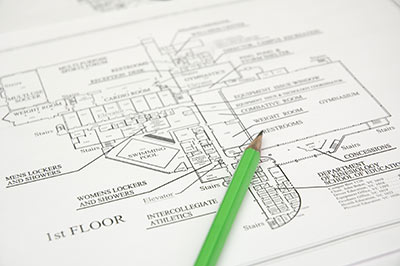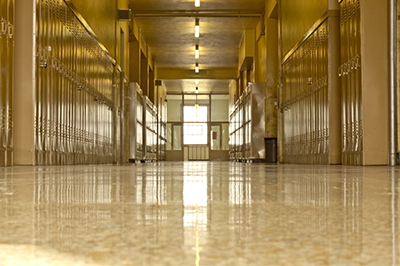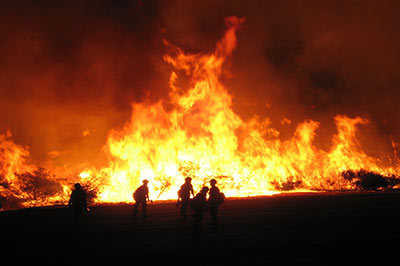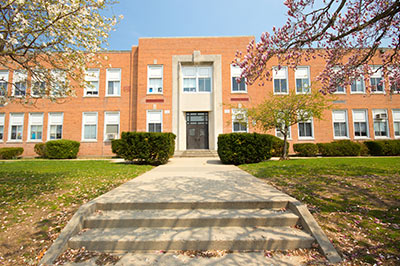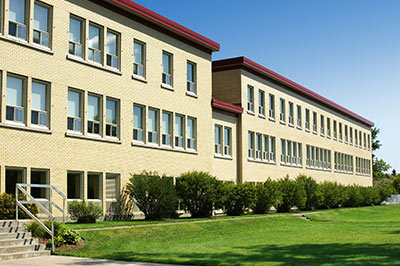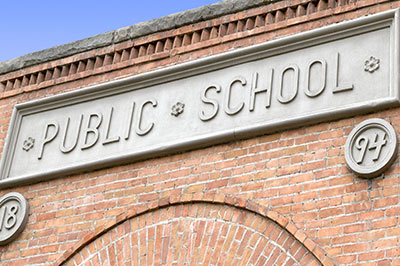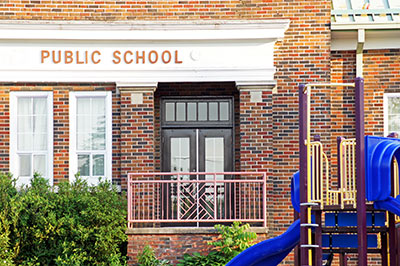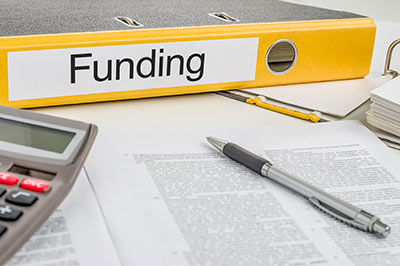Sample - Long Range Facility Plan Report_ Fargo North Dakota UPDATE_2015
Category: Reports
Idaho Middleton School District #134 – Ten Year Plan
Indoor Air Quality in Schools Mobile App
U.S. Environmental Protection Agency, 2015
The School IAQ Assessment app provides you with a “one-stop shop” for accessing guidance from EPA’s IAQ Tools for Schools Action Kit with proven strategies for specifically addressing important issues such as ventilation, cleaning and maintenance, environmental asthma triggers, radon, and integrated pest management. Whether you are developing, sustaining or reinvigorating your IAQ management program, this tool will help you identify and prioritize IAQ improvements district-wide.
Environmental Hazards for Children in the Aftermath of Wildfires
Seltzer, Miller, and Seltzer, 2007
Children are especially vulnerable to environmental hazards. They eat more food, drink more liquids, and breathe more air than adults on a pound for pound basis. Children are in a critical period of development when toxic exposures can have profound negative effects, and their exploratory behavior often places them in direct contact with materials that adults would avoid.
Wildfires expose children to a number of environmental hazards, e.g., fire, smoke, psychological conditions, and the byproducts of combustion of wood, plastics, and other chemicals released from burning structures and furnishings. While wildfires are burning (acute phase), the major hazards to children are fire and smoke (described in the fact sheet “Health risks of wildfires for children – acute phase”).
Disparities between Urban and Suburban American Education Systems: A Comparative Analysis Using Social Closure Theory
Wright, 2012
Education is pivotal for the existence of humans. Education is used to develop minds in a myriad of ways for an individual to excel in critical thinking and fundamental learning. In America, education is a valuable resource for one’s social, economic and mental standing in society. About 86% of Americans now receive college degrees, compared to the 25% in 1927 (Pew Research Center, 2011). But education is still treated as a privilege instead of a right. Public education in urban areas is said to be significantly worse than in suburban areas. Only about 19% of students from urban school districts seek higher education compared to 70% of their suburban counterparts (Pew Research Center, 2011). Suburban and urban sectors of the education system are drastically different due to resources, teacher attrition rate, and lack of parental support. Funds are allocated to the top performing schools, leaving many low performing schools at a plateau to produce mediocrity. Consequently, even when education laws such as No Child Left Behind and The Elementary and Secondary Education Act which are suppose to create equity are implemented in schools, they instead create inequality in America’s public school system. Students in certain regions remain at a disadvantage, as one district is favored based on performance over low-performing districts. Using the Social Closure Theory, this comparative study tests the hypothesis that if school systems were granted equal access to the same funds and materials, then the disparities between suburban and urban school districts would diminish. Qualitative and quantitative data from case studies, scholarly articles and expert interviews were collected and analyzed to show the recursive lack of funding in urban school districts. The substantive findings of this study support the hypothesis tested and the call for equal educational resources for both urban and suburban school systems.
San Francisco’s Public School Facilities as Public Assets
A Shared Understanding and Policy Recommendations for the Community Use of Schools
Vincent, Filardo, Klein, and McKoy, 2010
SFUSD has a unique opportunity to both fully utilize one of its greatest assets – the facilities and grounds – while simultaneously helping to realize the goals of the district’s strategic plan and coordinate with city agencies, other public entities, and community organizations that provide programs/services to children and families. The Department of Children, Youth, and Their Families (DCYF) and San Francisco Unified School District (SFUSD) commissioned UC Berkeley’s Center for Cities & Schools (CC&S) to inform their ongoing joint efforts to improve policy and procedures relating to community use of SFUSD school facilities. This report presents research findings and policy recommendations from a yearlong investigation to establish a more effective “joint use” strategy in SFUSD. Additionally, CC&S has an ongoing collaboration with 21st Century School Fund (21CSF) in Washington, DC and its national BEST collaborative, to provide resources and tools to support community use of schools; 21CSF/BEST contributed greatly to this project.
Equitable and Transparent: Pricing School Facilities for Joint Use
Miller, 2013
San Francisco Unified School District (SFUSD), like many districts, allows use of its classrooms, gymnasiums, and other indoor facilities to external groups, but similar to other districts, SFUSD has struggled to apply use fees consistently, fairly and equitably. Building from the recommendations of the 2010 report, San Francisco's Public School Facilities as Public Assets: A Shared Understanding and Policy Recommendations for the Community Use of Schools, and the working group, this report proposes an updated, revised pricing methodology and fee schedule in accordance with California’s Civic Center to increase transparency, consistency, and align to SFUSD’s education goals.
A POLICY FRAMEWORK FOR JOINT USE: Enabling and Supporting Community Use of K–12 Public School Facilities
Filardo and Vincent, 2014
Joint use of public school facilities is a complex but manageable approach to efficiently enhancing the services and programs available to students and supporting the community use of public schools. Building upon on our 2010 paper titled Joint Use of Public Schools: A Framework for a New Social Contract, this paper identifies the policy framework needed to support sustainable joint use of public schools. Our goal with this paper is to provide local and state leaders with the policy framework needed to enable and support community use. The policy framework addresses the challenges to harnessing the opportunities and benefits of the community use of K–12 public schools. We discuss the policy elements that have been and can be used to incorporate joint use into normal planning and operations of school districts and local and regional public agencies and to do so in a sustainable and fiscally-responsible manner. The framework addresses policy at the state and local levels and acknowledges that joint use requires public and private agencies to work together in new ways. This paper also describes the need for public transparency and understanding of the full cost of ownership of public school facilities as a critical part of policy.
State Funding for K-12 School Facilities: A Survey of the States
Center for Cities + Schools, 2014
Introduction: Seeking Options for California
California lawmakers are debating the future of the state’s role in providing school construction and modernization funds to local school districts – a school facility funding role the state has played since 1947. Previous statewide school construction bond authority is exhausted. The legislature is moving forward with Assembly Bill 2235 (The Kindergarten-University Public Education Facilities Bond Act of 2014), with an as-yetunspecified bond amount. The bill proposes only minor tinkering to the state’s current school facility funding program. However, Gov. Brown has signaled he wants fundamental changes to the competitive, “first-in, first-out” funding approach of California’s K-12 School Facility Program.
Guided by Principles: Shaping the State of California’s Role in K-12 Public School Facility Funding
Vincent and Gross, 2015
K-12 public school facilities need regular investment to ensure student health and safety and support educational programming. Yet, the future of K-12 school facility funding in California is uncertain. A strong state-local partnership has existed that funded new construction, modernization, and other investments in public school facilities across the state since the passage of The Leroy F. Green School Facilities Act (SB 50) in 1998, which established the School Facility Program (SFP). Since then, four statewide school construction bonds have generated $35.4 billion and local school districts have leveraged these state funds, passing more than $80 billion in local general obligation bonds.2 Together with locally-generated developer fees, these sources formed the “three-legged stool” of financing for K-12 public school facilities under the SFP. Currently, there are no funds identified for the state’s “leg” in the partnership. The debate about the future of the state’s school facility funding will be taken up in the 2015-2016 legislative session.

